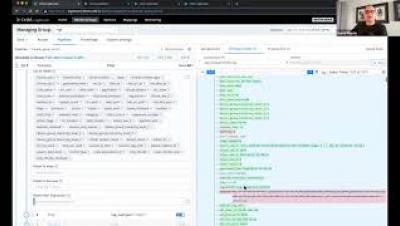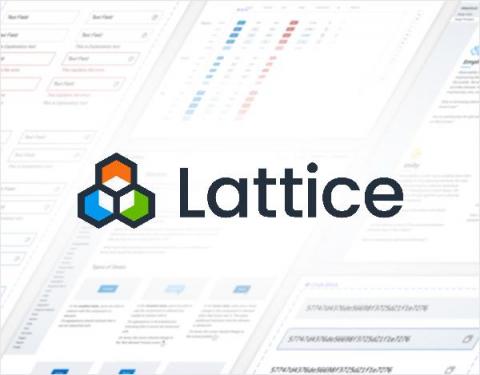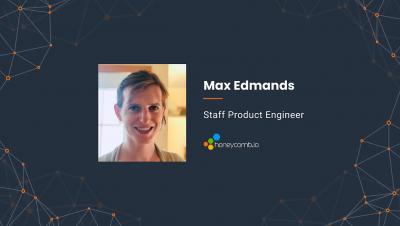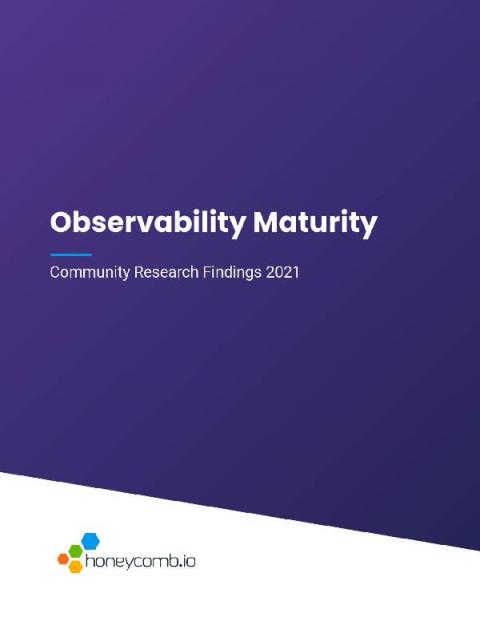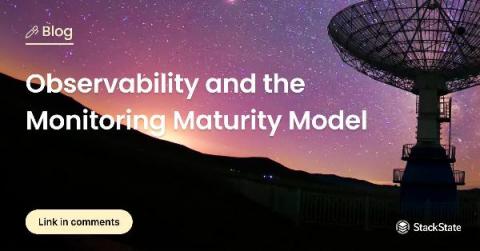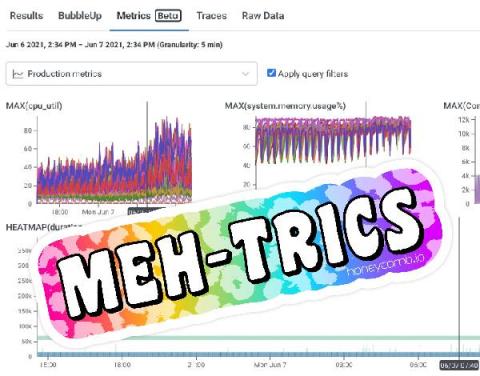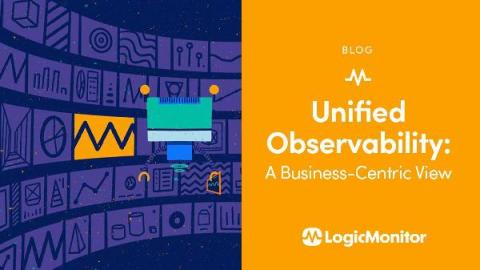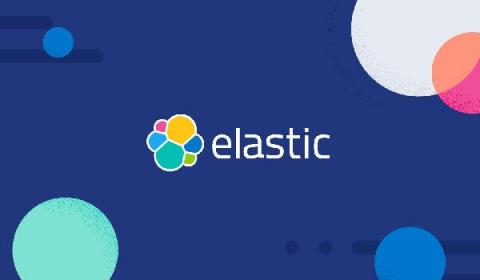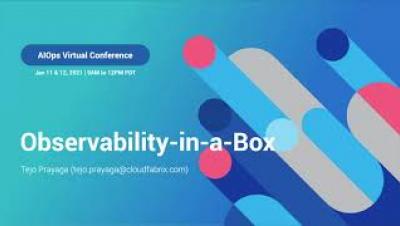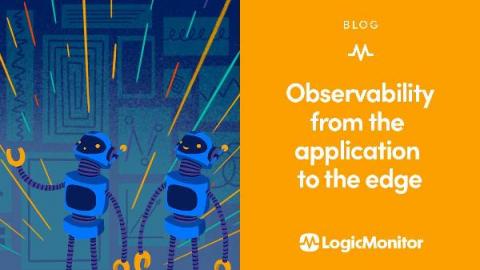Operations | Monitoring | ITSM | DevOps | Cloud
June 2021
Observability vs. Monitoring: What's the Difference?
What Top Brands Are Saying About Splunk Observability Cloud
Customers have had a lot to say about the new Splunk Observability Cloud since we announced general availability on May 5, 2021. For the first time ever, IT and DevOps teams can get all their data in one place with unified metrics, traces and logs — collected in real time, without sampling and at any scale. What makes Splunk Observability Cloud unique from other solutions? We’ll let our customers do the talking.
Observability Changes Everything
Trim Unneeded Fields from Events
Designing Honeycomb for Our Users
You might have noticed some visual changes happening in Honeycomb lately. Colors, typography, icons, and some features have started to look a bit different. While these changes are just beginning to make their way into the product, we’ve been working on them for some time. Let’s look at what has been going on behind the scenes to make them happen.
How to Use Observability to Reduce MTTR
When you’re operating a web application, the last thing you want to hear is “the site is down." Regardless of the reason, the fact that it is down is enough to cause anyone responsible for an app to break out into a sweat. As soon as you become aware of an issue, a clock starts ticking — literally, in some cases — to get the issue fixed. Minimizing this time between an issue occurring and its resolution is arguably the number one goal for any operations team.
Leverage Observability With OpenTelemetry to Understand Root Cause Quickly
An observability solution should help any incident responder understand what changed and why. A lot has been written on the difference between monitoring and observability, but an easy way to understand how both are integral to incident response is to consider how customers use PagerDuty—with both monitoring and observability tools—to get to the right answer.
The Future of Observability
o11ycon Keynote
Performance analysis for supported modules with Honeycomb
Module development failure analysis with Honeycomb
Introducing Honeycomb Metrics
How To: Easy Configuration of Tanzu Observability and the OpenTelemetry Exporter
Releasing and Debugging Software in Production with Honeycomb
OpenTelemetry, Not Just for Production Troubleshooting
Conditional Distributed Tracing
Observability is More Fun With Friends: Stories From OpenTelemetry Collaboration
How To Implement Cloud Observability Like A Pro | Pepperdata
Data Availability Isn't Observability
But it’s better than nothing… Most of the industry is racing to adopt better observability practices, and they’re discovering lots of power in being able to see and measure what their systems are doing. High data availability is better than none, so for the time being, what we get is often impressive. There’s a qualitative difference between observability and data availability, and this post aims to highlight it and orient how we structure our telemetry.
The State of Observability in 2021
Today, we released our second annual Observability Maturity Community Research Findings report. This year-over-year report identifies trends occurring in the observability community that we use to further develop our Observability Maturity Model. Our goal in running this annual report is to understand community perceptions and awareness of observability, how engineering teams are approaching observability, and mapping an observability maturity model that reflects current research findings.
Observability and the Monitoring Maturity Model
In incident management, observability is the ability of an organization or team to infer a system's internal state from its external outputs.
Developer Native Observability Platform
The Crossroad of Security & Observability in Kubernetes: A Fireside Chat
Service Mesh, Observability and Beyond - Sheetal Joshi, AWS
Kubernetes Observability & Troubleshooting: Best Practices - Raj Singh, Box
Beyond the network: Next Generation Security and Observability with eBPF - Shaun Crampton, Tigera
Join Us to learn Service Mesh, Observability and Beyond
Ensuring adequate security, observability, & compliance for cloud native applications
A New Approach to Metrics
Today at o11ycon+hnycon—right now, actually, if you’re reading this blog when it was posted—we’re announcing several new Honeycomb features during the keynote. Our industry and community have come a long way since we burst onto the scene, and I’m delighted to give you another version of Honeycomb that continues to demonstrate what’s possible with observability. And it includes metrics.
Multi-Project Cloud Monitoring made easier
Customers need scale and flexibility from their cloud and this extends into supporting services such as monitoring and logging. Google Cloud’s Monitoring and Logging observability services are built on the same platforms used by all of Google that handle over 16 million metrics queries per second, 2.5 exabytes of logs per month, and over 14 quadrillion metric points on disk, as of 2020.
Unified Observability: A Business-Centric View
Here at LogicMonitor, we’re on a mission to build the most comprehensive, extensible, and intelligent monitoring and observability platform in the world to help businesses run seamlessly. We’ve spent more than a decade building a best-in-class monitoring platform. Over the past two years, however, we have further evolved our platform to deliver invaluable end-to-end observability across applications, networks, and infrastructure for companies of all sizes and in a variety of industries.
Total Economic Impact study: Elastic delivers 10X performance with up to 75% cost savings
Ten times faster at a fraction of the cost. If you want a headline as to why you should consider adopting Elastic for security and observability, that is it. We often work with our customers to help them establish the business value of Elastic within their organizations. We commissioned Forrester to conduct a Total Economic Impact (TEI) study of our security and observability solutions so our customers have an unbiased view that they can share with their internal stakeholders.
Chapter 7: In Which Sarah Experiments with Observable Low-Code
This is the seventh chapter in a series of blog posts exploring the role that intelligent observability plays in the day-to-day life of smart teams. In this chapter, our DevOps Engineer, Sarah, experiments with low code and Moogsoft in her team’s DevOps toolchain to rush a new feature out the door to keep up with a competitor.
Observability In a Box | AIOps Virtual Conference | CloudFabrix
Anomaly Detection on Observability Data using Machine Learning
Why Are SaaS Observability Tools So Far Behind?
Salesforce was the first of many SaaS-based companies to succeed and see massive growth. Since they first started out in 1999, Software-as-a-Service (SaaS) tools have taken the IT sector and, well the world, by storm. For one, they mitigate bloatware by moving applications from the client’s computer to the cloud. Plus, the sheer ease of use brought by cloud-based, plug-and-play software solutions has transformed all sorts of sectors.
Planning Center: Simplifying observability and reducing MTTR in a serverless world, with Datadog
Observability From the Application to the Edge
Observability is a buzzword right now. Rightly so, as many companies are greatly concerned about what’s happening with their systems. Every company has become a software company and if they aren’t, they are being disrupted by one. IT leaders have more weight on their shoulders than ever before and it’s because digitization is rapidly changing the way people consume nearly everything.






